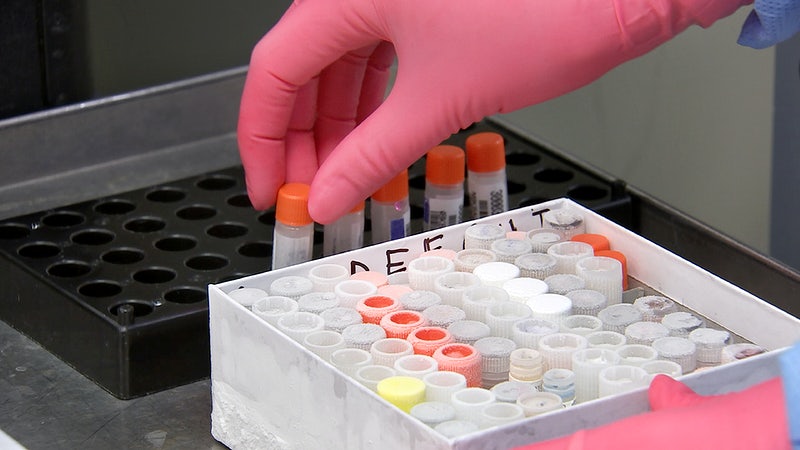The Road from Vaccine to Vaccination: A Supply Chain Story

Image by rawpixel.com
As the United States and the rest of the world begin rolling out doses of the COVID-19 vaccine, here’s everything you should know about the vaccine’s supply chain from procurement to distribution, to when you can expect to receive a dose.
Off to a Bumpy Start
As of the end of 2020, the U.S. had hoped to have 20 million individuals vaccinated. However, by January 5th, 2021, the count was only at some 4.8 million, not even a quarter of the way to the goal. This supply chain disruption is partly due to a lack of national, state, and local coordination as well as the complexity of vaccine storage—vaccines, must be kept at extremely cool temperatures. As a result, supply lines have reported shortages of dry ice.
Pfizer & Moderna Lead the Way
The FDA made large strides in the U.S. COVID-19 response by approving the Pfizer and Moderna vaccinations for emergency use in December 2020. The Wall Street Journal reports that the Pfizer vaccine supply chain starts with raw materials from St. Louis, MO, and mRNA genes from Andover, MA which are then combined in a Pfizer facility in Kalamazoo, MI. On the other hand, production for Moderna takes place both domestically and abroad in Switzerland.
Further, the Pfizer vaccines are stored in vials that contain five doses each, which are then sorted into custom made containers that hold up to 195 vials. The complication with Pfizer is that the vaccines must be kept at -94° Fahrenheit and can only last up to five days once they begin thawing. Contrarily, Moderna vials hold 10 vaccinations each which are then placed into cartons that can hold up to 100 vaccines and can be stored at -4° Fahrenheit for up to six months.
Cold Chains
The vaccines are shipped in specialized containers throughout the country across what are known as “cold chains” linked together by gene and therapy sites and augmented by clinical trial sites, which have the appropriate facilities needed for the extreme homeostasis of the vaccines. It’s important to note that certain states such as Montana, Wyoming, and New Mexico have neither of these facilities, which further complicates vaccinations in those areas.
The last step once the vaccines have been shipped is to make sure the vaccines are used in a timely manner, and in a fashion that matches consumer preferences. While many states already have groups chosen for when they will be able to receive a vaccination with priority given to the immunocompromised and essential front-line workers, there is also the market side of things. Data shows that since the implementation of the COVID-19 vaccine has begun, users have reported the largest increase in at-home / DIY vaccines, across all vaccination methods.
Questions Left Unanswered
One of the major questions supply chain leaders are still waiting to answer at this point is, will the COVID-19 vaccination roll-out make the same mistakes as vaccinations of the past, such as the H1N1 influenza vaccination. Supply chain leaders believe in order to avoid this, it’s critical to consider the amount of COVID-19 vaccine wastage, and the supply chains of other vaccines being contemporaneously shipped out with the COVID-19 vaccine, among other things.
If answering these complex questions about supply chain mitigation sounds appealing to you, apply today to the Foster MSCM program!
Written by Maryam Noor
MSCM Writer & Content Strategist
[email protected]
